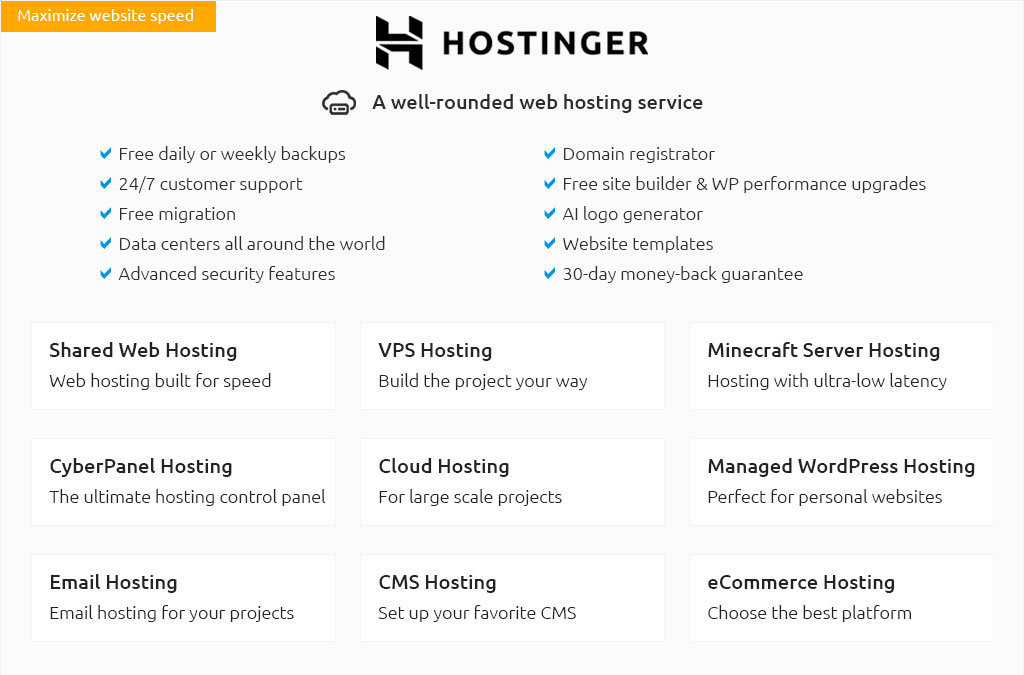 |
|||
 |
 |
 |
|
 |
|
 |
 |
 |
|||
 |
|||
 |
|||
 |
|||
 |
 |
dedicated server hosting comparison guide for informed decisionsWhat to expect before you chooseWhen you approach a dedicated server hosting comparison, you are balancing performance, reliability, control, and the true cost over time. Expect variation in CPU generations, RAM ceilings, NVMe versus SATA storage, bandwidth caps, and support SLAs. Confirm whether prices are introductory or sustained, how quickly hardware can be provisioned or replaced, and what “managed” really covers-patching, monitoring, and backups. Factor in compliance needs, datacenter regions, and built-in DDoS protection so your review stays apples-to-apples. Key criteria to compare
Build a simple scorecard, weight each item to your workload, and test. Latency-sensitive apps need high clocks and low jitter; analytics may favor large memory and sustained throughput. Validate claims with short benchmarks before you commit.
|